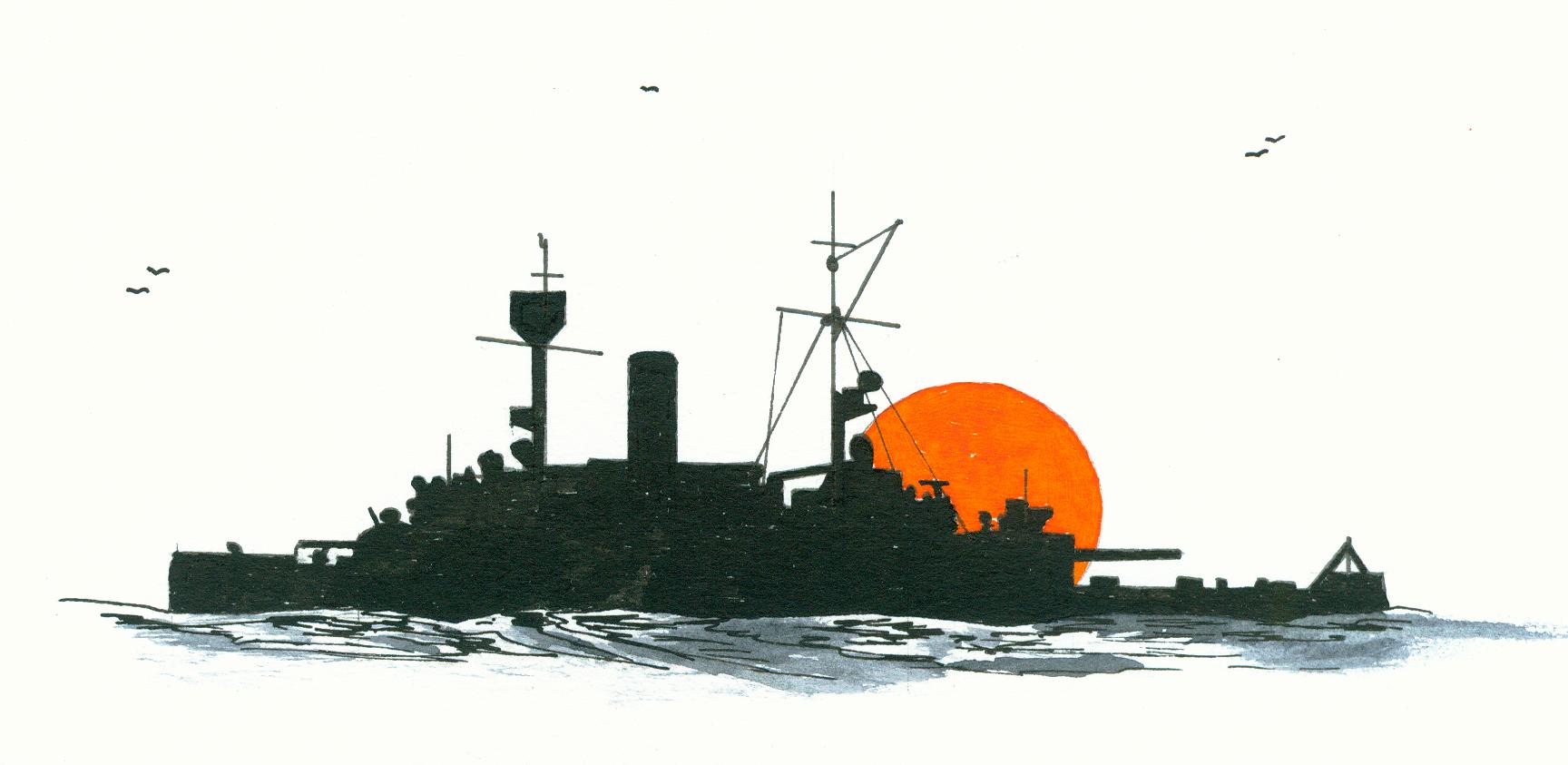Olfert Fischer
An item reported that the Danish fleet was to be organized and would consist of 4 coastal defence ships of 3.500-4.000 tons of the Olfert Fischer type (1), 24 torpedo boats or submarines and 2-500 tons minelayers. The reserve was to consist of 2-1.500 tons cruisers (2) and the old still serviceable ships of the defence of Copenhagen, Denmark. The Danish fleet consisted on that moment of just 2 coastal defence ships and a very incomplete torpedo fleet. For the coming 5 years was a program dictated with a needed budget of 8,8 million francs was needed. In the first 2 years was the fleet o be increased with the Peder Skram already executing her trials. Further more were 6 large torpedo boats and a minelayer under construction and was to be started with 2 large submarines. The cruisers Geiser and Hekla to be added to the reserve were hauled. In the last 3 years of the program was to be started with the building of 4 coastal defence ships, 4 large torpedo boats , completing the 2 submarines and starting with a third one. The main part was to be built in Denmark but the submarines and part of the torpedo boats were to be ordered abroad.
Notes
1. The Olfert Fischer was together with the Herluf Trolle and the Peder Skram part of the Herluf Trolle-class coastal defence ships with a displacement of 3.494 tons and an armament of 2x1-24cm/9,4” guns, 4x1-15cm/5.9” guns, 10x1-5,7cm/2.2” guns and 3-45cm/18” torpedo tubes. In 1914 was the Niels Juel of 3.400 tons laid down, to be a modernized version of the Peder Skram and with finally a main armament of 10-15cm/5.9“guns.
2. Of the Hekla-class consisting of the Hekla (launched on 28 November 1890), Gejer (launched on 5 July 1892) and the Hejmdal (launched on 30 August 1894).

